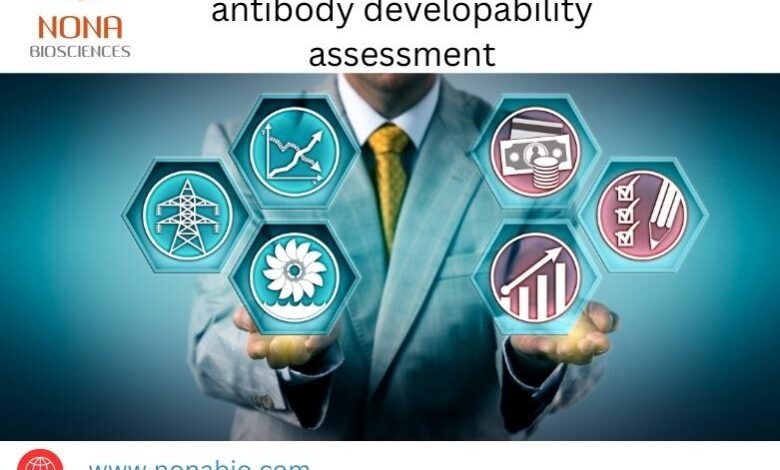Navigating Antibody Developability Assessment: Key Considerations for Successful Biopharmaceutical Development

Antibody developability assessment is a crucial step in the biopharmaceutical development process, ensuring the successful translation of antibody candidates from the laboratory to the clinic. With the increasing complexity of therapeutic antibodies and the growing demand for innovative biologics, it is imperative to employ robust strategies for evaluating antibody developability. This article discusses essential considerations and best practices for conducting antibody developability assessment to optimize the development of biotherapeutics.
Understanding Antibody Developability: Antibody developability refers to the assessment of various properties that influence the manufacturability, stability, safety, and efficacy of therapeutic antibodies. These properties include but are not limited to structural integrity, expression level, aggregation propensity, solubility, immunogenicity, and pharmacokinetics. Evaluating these attributes early in the development process can mitigate risks and streamline the selection of lead candidates with favorable developability profiles.
Key Considerations for Antibody Developability Assessment:
- Expression and Production: High expression levels and efficient production processes are essential for meeting the demands of large-scale manufacturing. Evaluate expression systems, cell lines, and purification strategies to optimize yield and minimize production-related issues.
- Structural Integrity and Stability: Assess the structural integrity of antibodies under various conditions, including temperature, pH, and agitation. Stability studies can identify potential degradation pathways and inform formulation development to enhance shelf-life and storage stability.
- Aggregation and Solubility: Monitor antibody aggregation propensity and solubility to mitigate the risk of aggregation-related problems, such as immunogenicity and reduced efficacy. Formulation optimization and formulation additives may be employed to improve solubility and stability.
- Immunogenicity: Evaluate the immunogenic potential of antibodies to minimize the risk of immune responses in patients. Assess factors such as sequence homology to endogenous proteins, post-translational modifications, and epitope exposure to predict immunogenicity and design antibodies with reduced immunogenicity profiles.
- Pharmacokinetics and Pharmacodynamics: Characterize the pharmacokinetic and pharmacodynamic properties of antibodies to optimize dosing regimens and therapeutic efficacy. Consider factors such as half-life, clearance, tissue distribution, and target engagement to design antibodies with desired pharmacological profiles.
Best Practices for Antibody Developability Assessment:
- Implement a comprehensive screening approach that integrates in silico, in vitro, and in vivo assays to evaluate multiple developability attributes simultaneously.
- Utilize orthogonal techniques and assays to validate findings and ensure robustness and reliability of results.
- Adopt a systematic and iterative approach to refine antibody candidates based on developability assessments and prioritize candidates with the most favorable profiles for further development.
- Collaborate with multidisciplinary teams comprising experts in antibody engineering, protein analytics, formulation, and regulatory affairs to address developability challenges comprehensively.
In conclusion, antibody developability assessment is a critical aspect of biopharmaceutical development, influencing the success and viability of therapeutic antibodies. By considering key factors such as expression, stability, solubility, immunogenicity, and pharmacokinetics, and employing best practices for assessment, developers can optimize antibody candidates for clinical success and ultimately improve patient outcomes.




